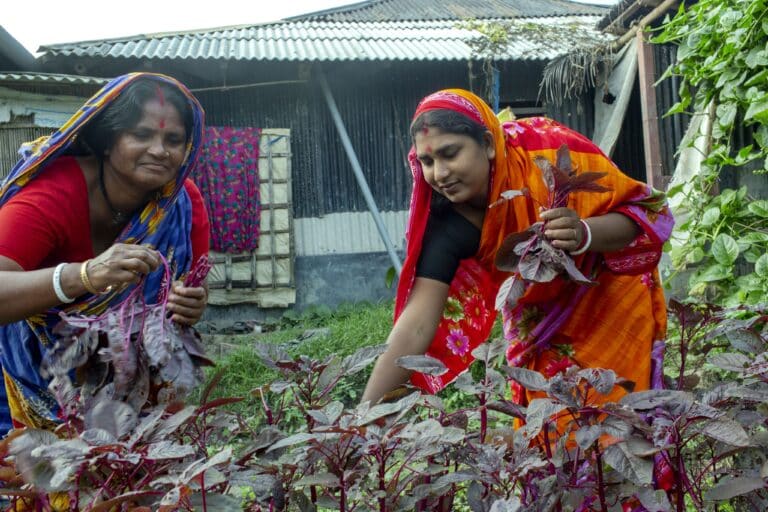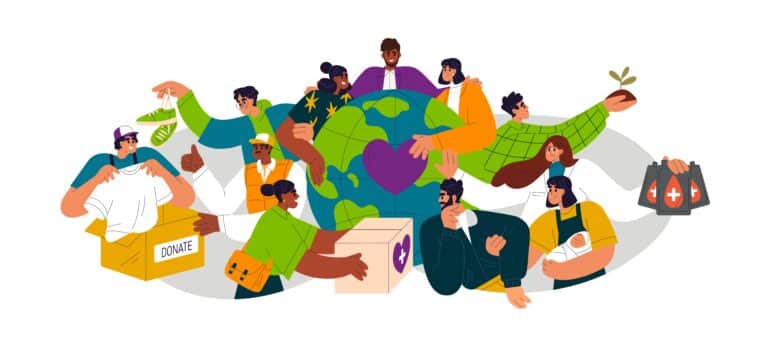
Climate change solutions: How the IRC is supporting climate-hit communities
The world’s poorest and most vulnerable communities are feeling the brunt of the effects of climate change – even though they are not the main
Now Announcing Global Impact Ventures
Meet Global Impact Ventures, our newly unified family of brands. Together, we serve all of philanthropy to inspire greater giving for a better world.
Celebrate International Women’s Day with Us
Join us on Friday, March 8 for an inspiring celebration of International Women’s Day with speakers from three incredible charities – CARE, UNICEF, and Plan International USA.

We are philanthropy advisors that put mission first
We believe intentional collaboration will effectively transform philanthropy. We break the boundaries of traditional consulting with creative, customized end-to-end solutions. As a nonprofit, our promise to our clients is this: Your objectives lie at the heart of our mission.

The world’s poorest and most vulnerable communities are feeling the brunt of the effects of climate change – even though they are not the main

Since 1970, we’ve celebrated Earth Day as a celebration of our planet and to bring attention to environmental issues. In recent years, the climate crisis

Join Global Impact’s Corporate Ecosystem and be a part of a network of companies and workplaces that lead the way in increasing engagement within the
60+ years
in business
500+ clients
in fundraising, CSR and financial services
~ 100 charities
promoted in the public and private sector
~ $2.5 billion
raised for humanitarian causes around the world

Inspiring greater giving across sectors
Here at Global Impact, we take philanthropy and its role in global development to the next level, convening all types of giving for maximum impact around the world. Whether you’re a business looking to make an impact that aligns with your goals, a nonprofit looking to diversify your fundraising revenue, or an organization without a nonprofit status looking to raise funds for a charitable cause, Global Impact can help. We reject one-size-fits-all strategies in favor of nuanced, customized solutions — from acting as a guiding beacon for top-level strategy to rolling up our sleeves as day-to-day implementors for our clients. Join us as we inspire greater giving for a better world.
Scott Jackson
President & CEO, Global Impact
Global Impact serves as a trusted philanthropy advisor, intermediary, and nonprofit partner for greater giving. We offer advisory and infrastructure services that drive strategic philanthropy for our nonprofit, public, and private sectors clients. With close to 70 years of experience, we have raised nearly $2.5 billion with our partners for global causes.
U.S. Headquarters
1199 N. Fairfax St. Suite 300
Alexandria, VA 22314
800-836-4620
[email protected]
© 2004 – 2024 Global Impact. All rights reserved. Global Impact is a 501(c)(3) nonprofit charity registered in the US under EIN: 52-1273585.

This website uses cookies so that we can provide you with the best user experience possible. Cookie information is stored in your browser and performs functions such as recognising you when you return to our website and helping our team to understand which sections of the website you find most interesting and useful.
Strictly Necessary Cookie should be enabled at all times so that we can save your preferences for cookie settings.
If you disable this cookie, we will not be able to save your preferences. This means that every time you visit this website you will need to enable or disable cookies again.
More information about our Privacy Policy